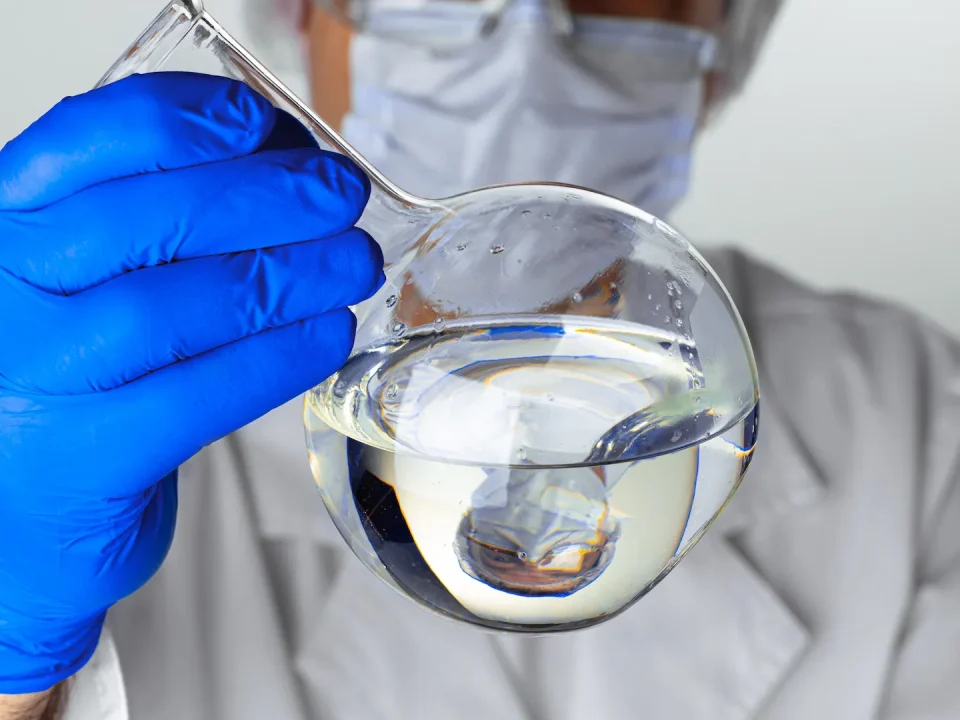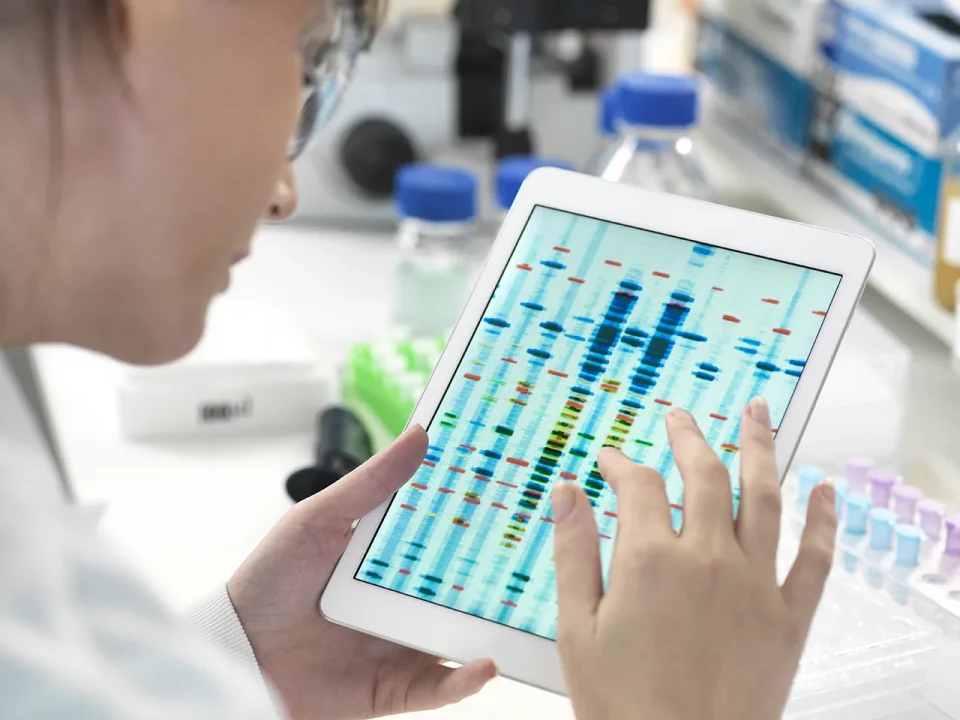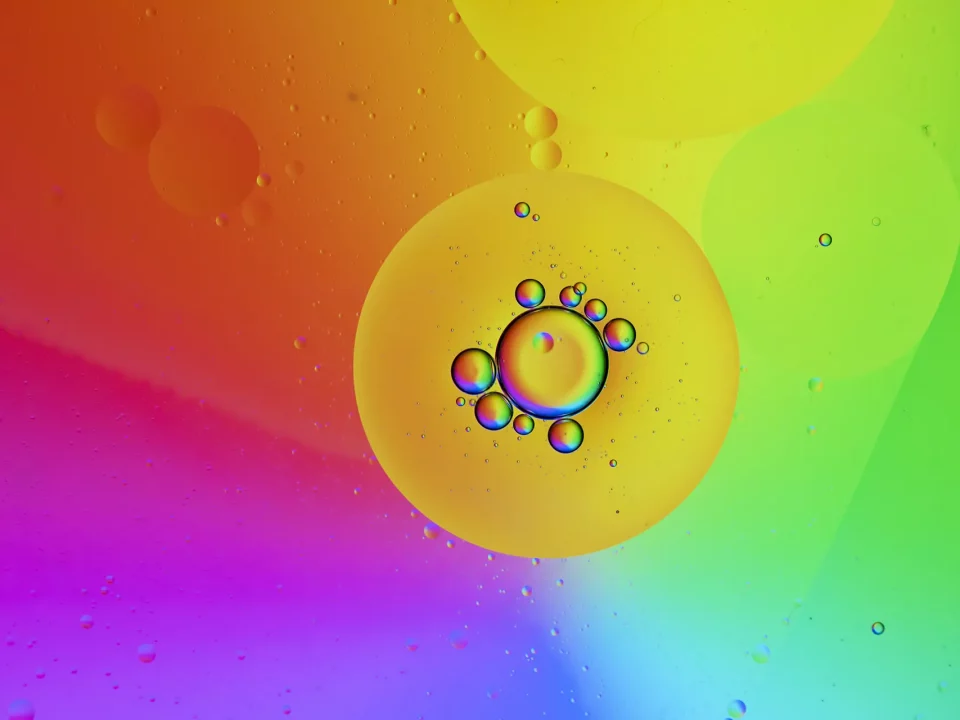
Extended Analgesic Formula

Bioinformatics and Product
Weve seen firsthand how artificial intelligence (AI) is revolutionizing the process. AI holds a lot of promise in helping scientists and innovators like me create better, faster, and more efficient products. But while it offers incredible potential, the road to harnessing AI in formulation comes with its own set of challenges. Let me share some of the key hurdles I’ve encountered, and why accuracy and innovation are so crucial in this space.
What Is Formulation, and Why Does It Matter?
Formulation is the art and science of mixing ingredients in a way that makes a product work well and be safe for use. Whether we’re designing a new face cream, a medicine, or a cleaning product, the goal is always to ensure the product performs as intended and is safe for consumers. We want products that work better, last longer, and meet the ever-evolving needs of our users. Formulation is where science meets creativity, and it’s a field that has been evolving for decades.
How AI Fits Into Formulation Innovation
In recent years, AI has become a powerful tool for speeding up the formulation process. By analyzing vast amounts of data, AI can predict which ingredients might work well together and help scientists like myself design better products faster. The idea of using AI to predict, test, and validate new combinations of ingredients has opened up exciting possibilities. However, as much as AI is a game-changer, it’s still not perfect.
1. Data Limitations: The Foundation Matters
AI is only as good as the data it’s trained on, and here’s where the challenge starts. AI systems need huge amounts of accurate data to learn from, and the quality of that data is crucial. In formulation, this means the AI needs access to not just basic ingredient information, but the latest and most reliable scientific data. Unfortunately, in some cases, the data used to train these systems can be outdated or incomplete, leading to inaccurate suggestions.
For example, if AI is trained on a dataset from a few years ago, it may not include newer ingredients or improved versions of existing ones. As an innovator, this can lead to AI recommending products that aren’t up-to-date with the latest advancements in the field.
2. Rapidly Evolving Ingredients and Technology
Ingredients in formulation are constantly evolving. New ingredients are discovered, and old ones are improved or replaced as science progresses. AI, however, often works with historical data. This means it may not always be aware of the latest ingredient breakthroughs or how they might impact the effectiveness of a formulation.
As someone who’s passionate about pushing the boundaries of product development, it’s essential that AI systems stay updated. The pace of innovation in the ingredient world requires AI to evolve just as quickly in order to make accurate predictions.
3. The Complexity of Interactions: More Than Just Data
Formulation isn’t as simple as mixing ingredients and hoping for the best. It’s about understanding the complex relationships between those ingredients—how they interact, how they affect each other’s performance, and how they impact the overall product. This is where AI faces its biggest hurdle: it’s very good at finding patterns in data, but it doesn’t fully understand the chemistry and science behind ingredient interactions the way a human expert does.
For example, an AI might suggest a combination of ingredients that looks good on paper based on their chemical properties, but it might not consider the small but crucial details like texture, stability, or scent. These nuances are often what make a product truly great, and that’s something AI might miss.
4. Safety First: AI Can Miss the Fine Details
One of the most critical aspects of any formulation is safety. While AI can process vast amounts of information quickly, it still struggles with the finer points of safety analysis. It may not always account for rare allergic reactions, ingredient sensitivities, or other human factors that could impact a person’s health. As someone deeply invested in creating safe, effective products, I know that even a small error in formulation can have serious consequences.
AI may not yet be able to fully understand the complexity of safety in real-world usage, which is why human oversight is essential. While AI can suggest the best ingredients based on data, human innovators and scientists need to validate these suggestions and ensure every product is safe for consumers.
5. Innovation and Creativity: AI Isn’t Quite There Yet
AI is great at analyzing patterns and data, but where it falls short is in creativity. Innovation in formulation often comes from thinking outside the box—combining unexpected ingredients, experimenting with new textures, or pushing the boundaries of what’s possible. As an innovator, I thrive on experimentation and creative problem-solving, and AI simply can’t replace that spark of creativity.
AI can help identify trends and suggest combinations, but it’s the human touch—the ability to understand cultural trends, personal needs, and the art of experimentation—that truly drives innovation. Creativity is the heart of formulation, and AI can only help support that process rather than lead it.
Why Accuracy and Innovation Go Hand in Hand
At the end of the day, when we create a new product, accuracy is paramount. Whether it’s a skincare product, a supplement, or a household cleaner, people are trusting us to make something that is safe and effective. Mistakes in formulation, no matter how small, can have big consequences. This is why accuracy matters so much, especially when working with AI.
AI is an incredible tool, but it’s still evolving. As someone passionate about bringing innovative products to life, I believe the key to success is using AI as a support tool, not as a replacement for human expertise. The future of formulation lies in combining the power of AI with human creativity and deep scientific knowledge to create products that are not only efficient but also groundbreaking and safe.
The Future: AI and Humans Working Together
AI isn’t going anywhere. In fact, it will continue to improve, and in the future, it will play a bigger role in helping us innovate. However, as an innovator, I believe that the best products will come from collaboration—AI providing us with valuable insights and humans using their expertise to bring those insights to life. By combining AI’s speed and power with human creativity and knowledge, we can ensure that the products we create are not only cutting-edge but also safe, effective, and meaningful for consumers.
FBIO AI Formulator the Blazing Edge Advantage
At our parent company Furley Bioextracts, we are not able to innovate within minutes and always at the leading edge of science. Offering the best latest innovation to our customers whom choose to OEM or distribute our brands.



